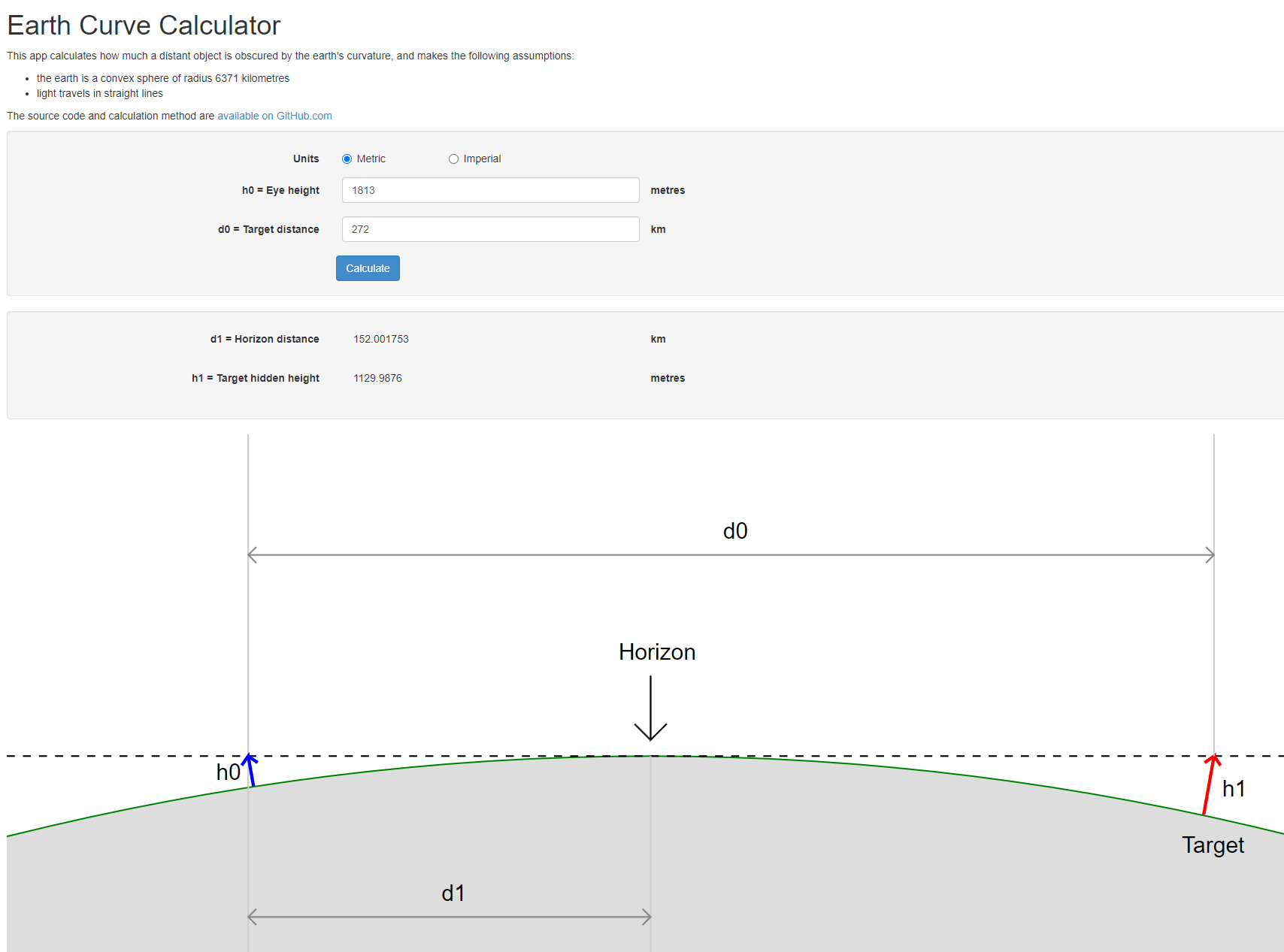Market trends can often be difficult to classify strictly as expected or unexpected due to the multitude of factors influencing them and the inherent uncertainty in market movements. To determine whether the current trend aligns with expectations, it’s essential to consider a few key aspects:
Historical Patterns and Cycles: Traders and analysts often look for historical patterns or cycles that might suggest recurring trends. If the current trend aligns with past cycles or patterns, it might be considered expected.
Economic Indicators: Economic data, such as GDP growth rates, unemployment figures, and inflation reports, play a crucial role in shaping expectations. If the trend aligns with recent economic data releases, it may have been reasonably anticipated.
Geopolitical Events: Unpredictable geopolitical events, such as elections, international conflicts, or policy changes, can significantly impact markets. If a trend stems from a recent, unforeseen geopolitical change, it might be labeled unexpected.
Market Sentiment: Investor sentiment, measured through surveys or market behavior (like volatility indices), can reflect expectations. A divergence between sentiment and current market movements might suggest an unexpected trend.
Expert Forecasts and Analyst Reports: Reviewing forecasts and reports from industry experts can provide a benchmark for what was expected. If the trend significantly diverges from expert predictions, it might qualify as unexpected.
In summary, whether the current market trend is expected or unexpected depends on its alignment with historical data, economic indicators, geopolitical developments, market sentiment, and expert forecasts. A thorough analysis of these components can help provide a clearer understanding of how surprising or anticipated the trend is.

No responses yet